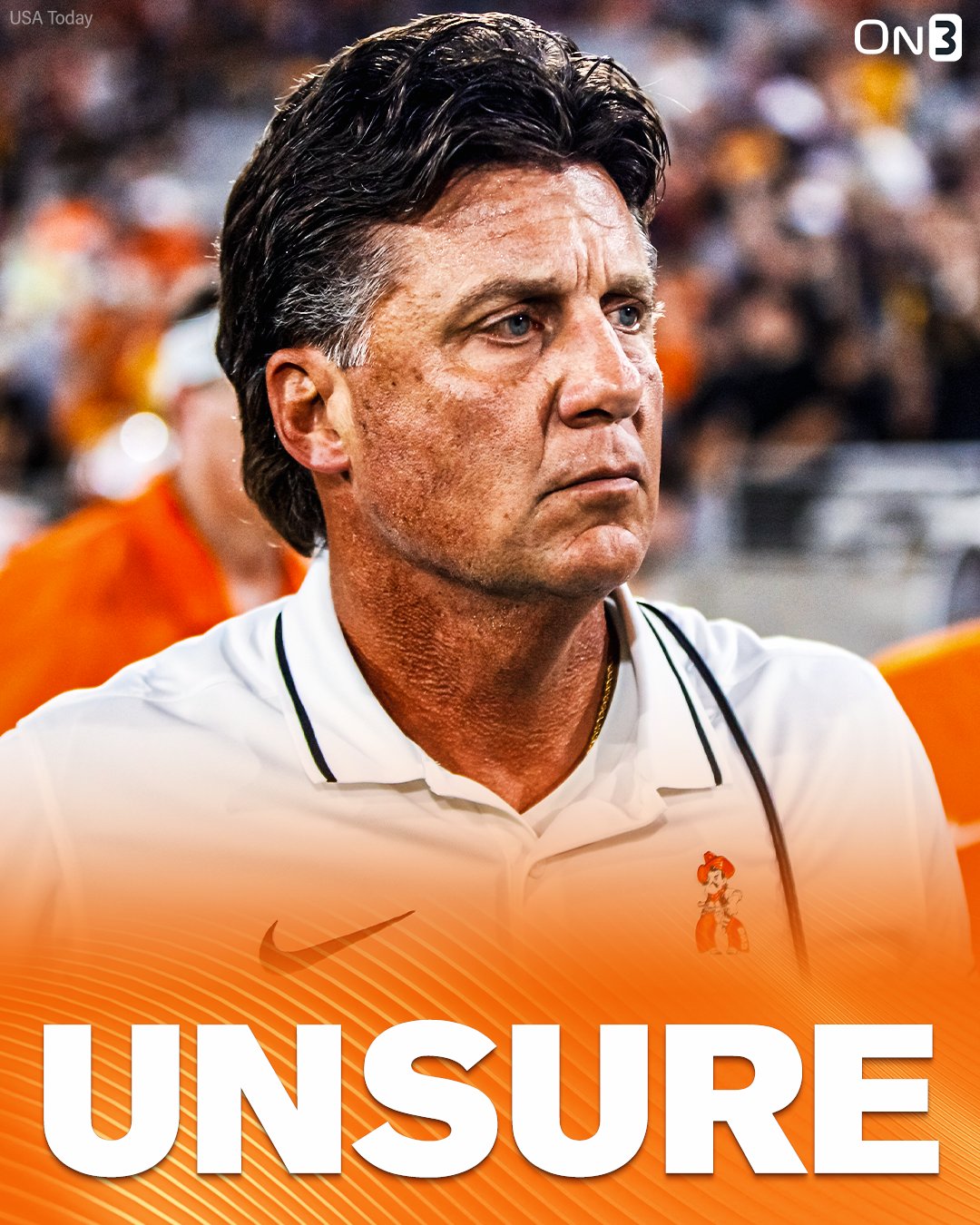Mike Gundy Challenges NCAA Over Joint Spring Practices Ban
Oklahoma State head coach Mike Gundy has never been one to hold back his opinions, and his recent comments on the NCAA’s decision to deny joint spring practices with other programs are no exception. In response to the ruling, Gundy openly questioned the NCAA’s authority to enforce such a ban, asking, “I’m not sure how they have grounds to say you can’t do it. Like if somebody just goes and does it, what are they going to do to them?”
Gundy’s remarks highlight a broader frustration among college coaches regarding NCAA restrictions on practice opportunities. The concept of joint spring practices has gained traction in recent years as teams seek ways to improve their offseason preparation without increasing the number of total practices. By scrimmaging against another program, teams could introduce new competition, evaluate players in fresh scenarios, and add an element of game-like unpredictability that standard intra-squad scrimmages lack.
The NCAA’s Stance on Joint Practices
The NCAA’s decision to prohibit joint spring practices is rooted in concerns about fairness, control, and potential exploitation of student-athletes. The governing body has long been cautious about adding extra workload to players, fearing that inter-team scrimmages could lead to an extended season under the guise of development. Additionally, allowing joint practices could create disparities, as some programs might use them as a recruiting advantage or form informal alliances that could raise competitive integrity questions.
However, critics argue that these concerns are overblown. Unlike an extension of the playing season, joint practices would merely replace an intra-squad scrimmage with a controlled session against another team. The NFL regularly holds joint practices in training camp, and many high school programs do the same. If properly regulated, these sessions could provide a valuable developmental tool without overburdening players.
Gundy’s Stance: Frustration with Bureaucracy
Gundy’s frustration with the NCAA’s stance reflects a growing sentiment among coaches who feel restricted by outdated or overly cautious policies. The Oklahoma State head coach has been vocal about his belief that innovation should be embraced, not stifled.
His rhetorical question—”What are they going to do to them?”—suggests skepticism about the NCAA’s ability to effectively enforce such a rule. Given the NCAA’s recent struggles with maintaining control over Name, Image, and Likeness (NIL) deals and the transfer portal, some coaches may feel emboldened to push boundaries. If a program were to schedule joint practices, the NCAA would have to decide whether to penalize them and, if so, what kind of punishment would be warranted.
The Potential Benefits of Joint Practices
For coaches like Gundy, the appeal of joint practices is clear:
- Enhanced Competition: Facing another team in a controlled setting can provide better evaluation opportunities than playing against familiar teammates.
- Developmental Value: Younger players could benefit from seeing different schemes and competing against fresh opponents rather than their own teammates.
- Injury Prevention: Controlled joint practices may be safer than traditional spring games, where coaches often worry about injuries in full-speed competition between teammates.
- Recruiting Exposure: A well-structured joint practice could create buzz and provide additional exposure for players looking to showcase their skills.
What Happens Next?
While the NCAA currently prohibits joint practices, Gundy’s comments raise an important question: What if teams decide to challenge the rule? The NCAA’s enforcement mechanisms are already under strain due to issues like NIL and conference realignment, so it’s unclear how aggressively it would pursue penalties for programs that push the envelope.
If enough coaches voice their support for joint practices, the NCAA could be pressured into revisiting the policy. Given the increasing autonomy of conferences and individual programs, the day may come when schools simply move forward with joint practices despite the NCAA’s objections, daring the organization to intervene.
For now, Gundy and others will have to settle for traditional spring practices, but his outspoken stance ensures that the debate over joint sessions is far from over. If the NCAA wants to maintain credibility with coaches and programs, it may need to offer clearer justifications for its decisions—or risk being ignored altogether.

 He’s up against Ryan Fitzpatrick, Jason Kelce, Richard Sherman, and Jay Wright….Read more..
He’s up against Ryan Fitzpatrick, Jason Kelce, Richard Sherman, and Jay Wright….Read more..